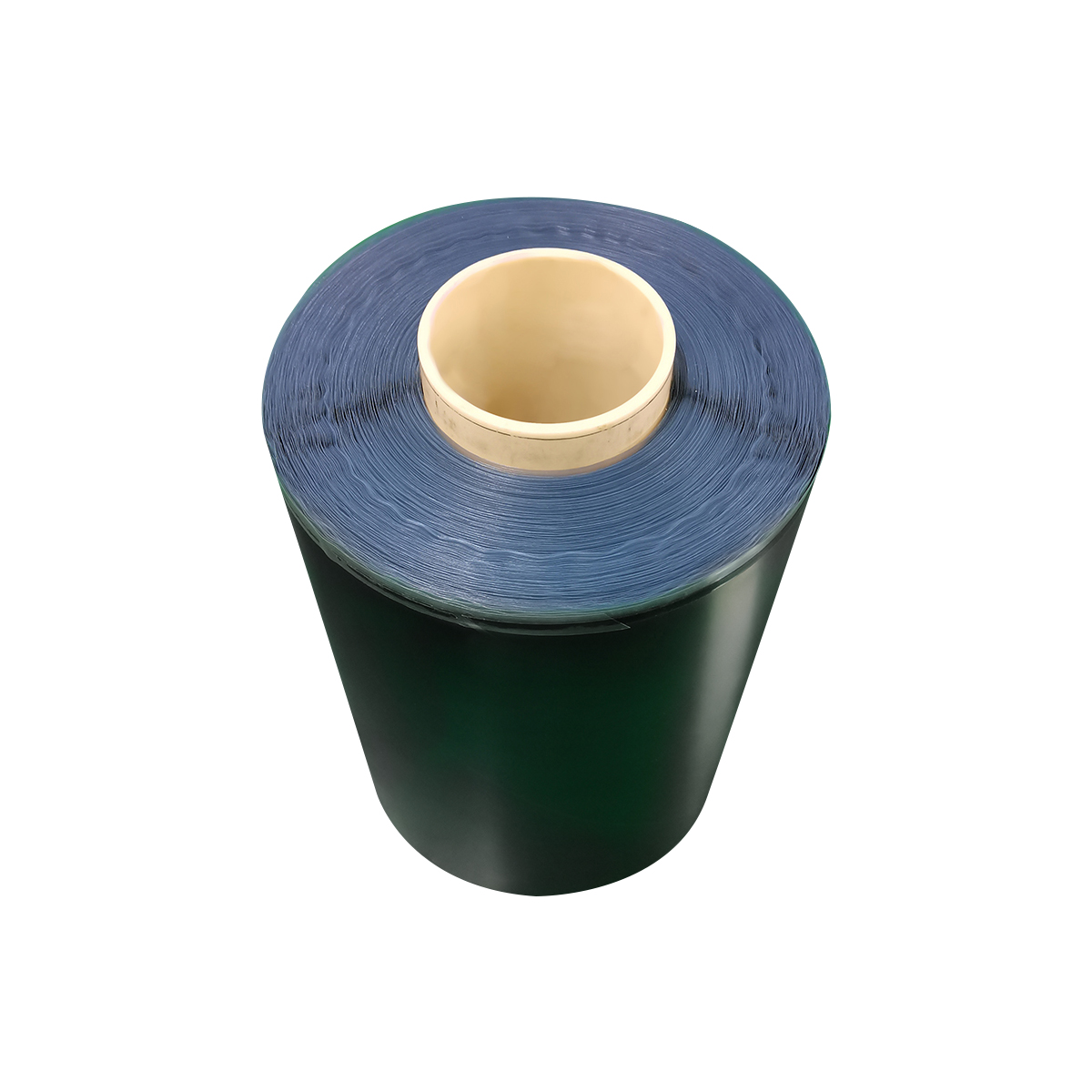Linear polarization lens not only allow you to see clearly under scorching sunlight, but also effectively eliminate various types of reflected glare, improving visual clarity and comfort.
To understand polarized lenses, we first need to understand light. Natural light we typically see vibrates in all directions, like a tangled string. However, when light strikes and reflects off non-metallic surfaces (such as water, pavement, snow, or glass), it becomes a special type of "polarized light," with a single vibration direction, typically horizontal. This horizontal reflected glare is the culprit for visual discomfort and blurriness.
The core of Linear polarization lens is a special "polarizing film." Think of this film as a fence with only vertical slits. When horizontal reflected glare (horizontally vibrating) attempts to pass through, it is effectively blocked and absorbed by this "fence." However, useful vertical light is allowed to pass through unimpeded and reach our eyes.
Through this "selective" filtering, polarized lenses significantly reduce glare, making scenes more saturated in color and sharper in detail, thereby reducing visual fatigue.
Application Scenarios: Comprehensively Enhance Your Visual Experience
Linear polarization lens have applications far beyond your imagination, addressing visual pain points in a variety of situations:
Driving: Eliminate glare from the road, windshield, and rainwater, allowing you to see farther and more clearly, ensuring safer driving.
Outdoor Sports: When fishing, skiing, or sailing, they effectively eliminate strong reflections from water and snow, allowing you to clearly see underwater or see the undulations of the snow, avoiding accidents caused by visual interference.
Daily Use: Even in the office, they help filter glare from computer screens and desks, alleviating eye discomfort from prolonged use.
Photography: In professional photography, polarized lenses are a powerful tool for eliminating glare from glass and enhancing color saturation, adding a touch of quality to landscapes and window shots.
How to Choose and Identify Polarized Lenses?
When choosing the right pair of polarized lenses, consider several key factors:
Material: Common materials include resin, polycarbonate, and glass. Resin is lightweight and comfortable, polycarbonate is impact-resistant, and glass offers optimal optical clarity.
Polarization efficiency: This is a key parameter that measures polarization effectiveness. The higher the polarization efficiency, the better the glare reduction.
Light transmittance: This determines how much light a lens allows through. Lenses with lower light transmittance are generally chosen for outdoor use, while lenses with higher light transmittance are preferred in low-light environments.
As a technology-based company integrating the research and development, design, manufacturing, sales, and service of eyewear materials, we understand that every technological innovation stems from a dedicated pursuit of visual health. We continuously innovate in the fields of optical eyewear, sunglasses, reading glasses, sports eyewear, and protective eyewear. In the future, we look forward to integrating Linear polarization lens with more cutting-edge technologies to continuously safeguard your visual health.

 Search
Search EN
EN English
English Deutsch
Deutsch Français
Français Español
Español italiano
italiano cn
cn jp
jp kr
kr















